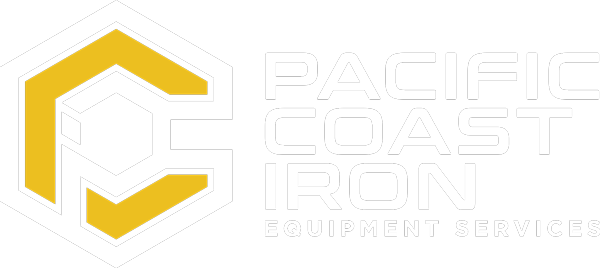Heavy Equipment Pin and Bushing Replacement Sacramento
We specialize in a wide variety of Pins and Bushing Replacement Services for Industrial Equipment in Sacramento
There are different ways to deal with repairs on heavy equipment, and different companies and owners take various approaches. Some people and companies who own heavy equipment choose to repair it themselves. They employ some each antics who are skilled at welding and other machinery repair skills. This can be a very cost-effective approach to take if you have enough machinery to make it worthwhile. You need to have enough repair jobs, and to have them frequently enough, to justify the cost of keeping people on salary to do the repairs. The benefit of doing it this way is that as soon as your machinery has a problem, you can get it fixed almost immediately so your downtime is minimal.
Another approach to heavy machinery repair is to take the machinery in to the dealer or to another professional for repairs. The benefit to this is that you do not have to keep mechanics in your salaried staff. You can just pay for repairs when you need them, and otherwise not worry about them. The drawback to taking your machinery in for repairs is that there is quite a bit more downtime. You can’t just count on your equipment being available again immediately, because the mechanic may have a backlog of repairs to work on. When you take your equipment in to have a professional repair it, you do get to benefit from massive amounts of expertise and super high quality work.
What parts wear out fastest?
One of the first parts to wear out on any piece of heavy equipment is the bucket blades and teeth. When you are digging into soil, and especially when that soil is frequently rocky, the blades and teeth take the brunt of it. Therefore you will have to repair or replace bucket blades and teeth first, and you should plan on replacing them fairly frequently.
The good news is that on many machines, the blades are designed to be able to remove them easily and roll a new one on with minimal effort. This is extremely important for heavy equipment, which is made to be durable and therefore usually has parts that are more difficult than not to replace.
Pivot-point holes also wear out very quickly on heavy machinery. These are the holes where the arms of the machines attach. A post goes into the hole where it is able to pivot and swing. As you use your machinery, the metal of the post wears the hole, so that the hole becomes larger and even elliptical. The result of this is that the arm becomes wobbly and does not have the same controlled, precise motion it had before.
To prevent pivot-point holes from wearing out so quickly, you need to clean and lubricate the joint frequently. When you are working in a dusty environment, you may need to do this several times a day. This keeps dust and grit flushed out, and it prevents abrasive particles from wearing down the metal. When the pivot hole gets too large, it can be repaired by welding it. Place welding material inside the hole until the new hole is smaller than the original hole. Then bore it out until it is the size of the original hole.
The interior and exterior of the bucket is another high-wear point that wears out quickly. The dirt and grit you work with can wear down the surface of the bucket and eventually even wear ones in it. Hard facing is a simple solution that protects the bucket from excess wear by putting a protective layer that the dirt slides off of instead.
On smaller excavators and loaders, a common problem is for the booms and sticks, or support arms, to be damaged. This happens when you lift loads that are too heavy for the machine to be able to carry, which is why it is a common problem with small machines. If the contractor even realizes that the load is too heavy for the machine, the temptation is still enormous to try anyway, and to push the machine to the limit. This does not break the machine immediately, but in the long run it puts too much stress on the steel. Eventually the boom and stick become damaged. The only way to fix this is to remove the damaged steel and replace it with new steel. Manufacturers have specific instructions on the proper ways to make this happen, and it should not be done by anyone who is not thoroughly qualified.

